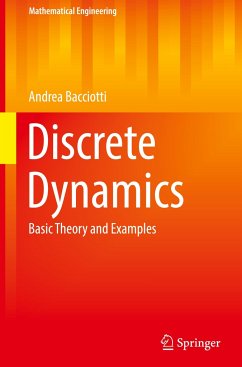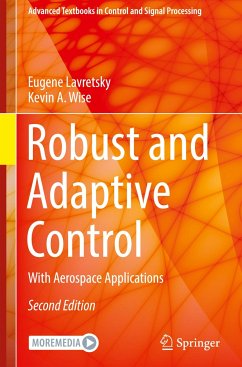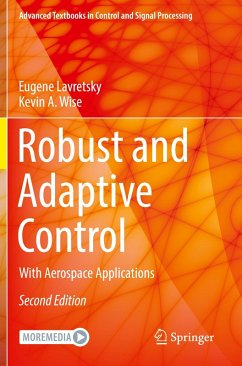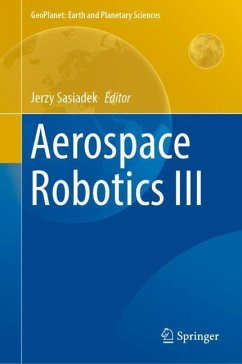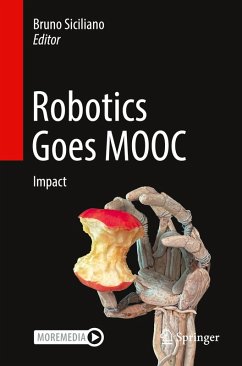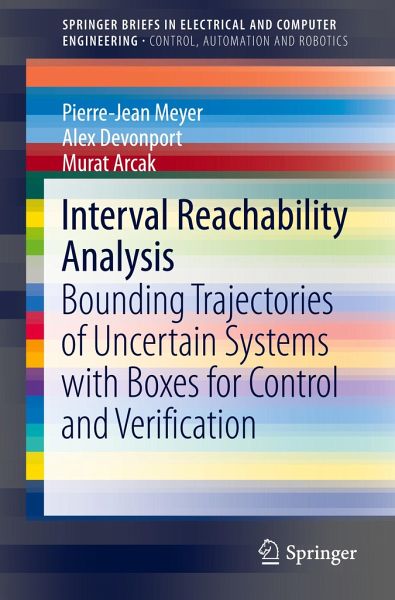
Interval Reachability Analysis
Bounding Trajectories of Uncertain Systems with Boxes for Control and Verification

PAYBACK Punkte
25 °P sammeln!
This brief presents a suite of computationally efficient methods for bounding trajectories of dynamical systems with multi-dimensional intervals, or 'boxes'. It explains the importance of bounding trajectories for evaluating the robustness of systems in the face of parametric uncertainty, and for verification or control synthesis problems with respect to safety and reachability properties. The methods presented make use of: interval analysis; monotonicity theory; contraction theory; and data-driven techniques that sample trajectories. The methods are implemented in an accompanying open-source ...
This brief presents a suite of computationally efficient methods for bounding trajectories of dynamical systems with multi-dimensional intervals, or 'boxes'. It explains the importance of bounding trajectories for evaluating the robustness of systems in the face of parametric uncertainty, and for verification or control synthesis problems with respect to safety and reachability properties. The methods presented make use of:
interval analysis; monotonicity theory; contraction theory; and data-driven techniques that sample trajectories.
The methods are implemented in an accompanying open-source Toolbox for Interval Reachability Analysis.
This brief provides a tutorial description of each method, focusing on the requirements and trade-offs relevant to the user, requiring only basic background on dynamical systems. The second part of the brief describes applications of interval reachability analysis. This makesthe brief of interest to a wide range of academic researchers, graduate students, and practising engineers in the field of control and verification.
interval analysis; monotonicity theory; contraction theory; and data-driven techniques that sample trajectories.
The methods are implemented in an accompanying open-source Toolbox for Interval Reachability Analysis.
This brief provides a tutorial description of each method, focusing on the requirements and trade-offs relevant to the user, requiring only basic background on dynamical systems. The second part of the brief describes applications of interval reachability analysis. This makesthe brief of interest to a wide range of academic researchers, graduate students, and practising engineers in the field of control and verification.



